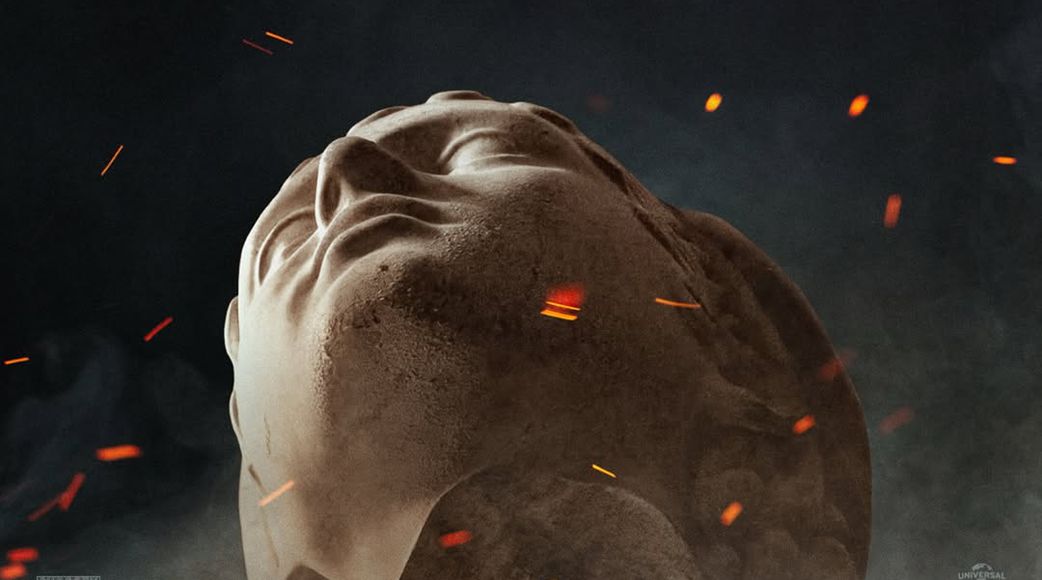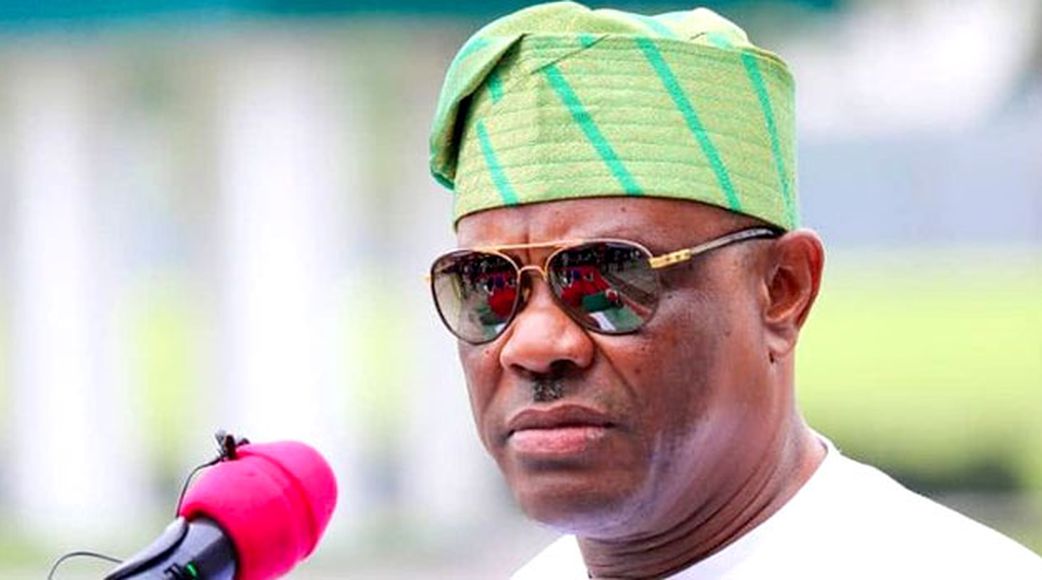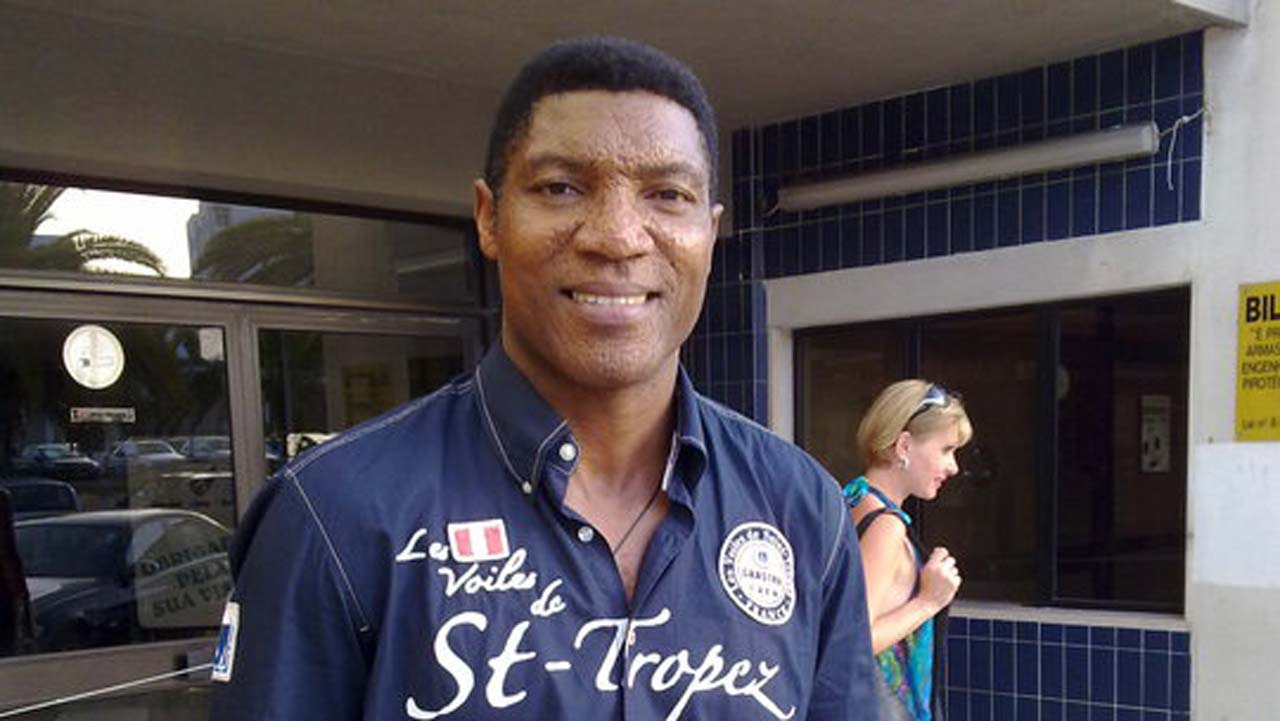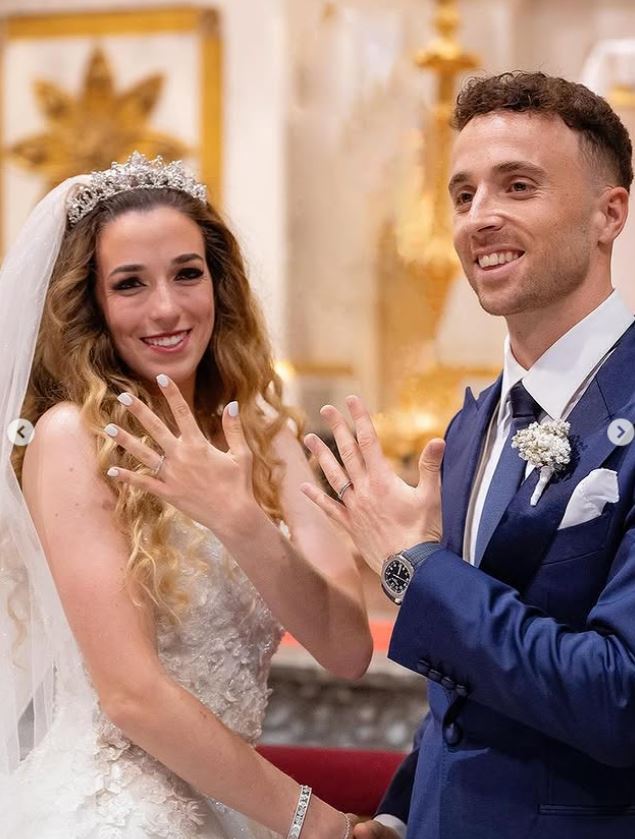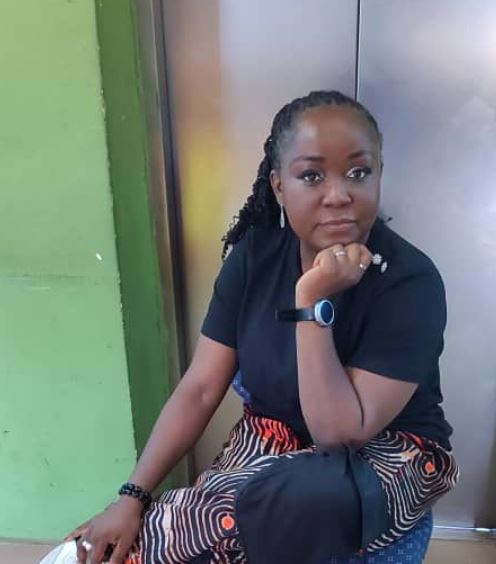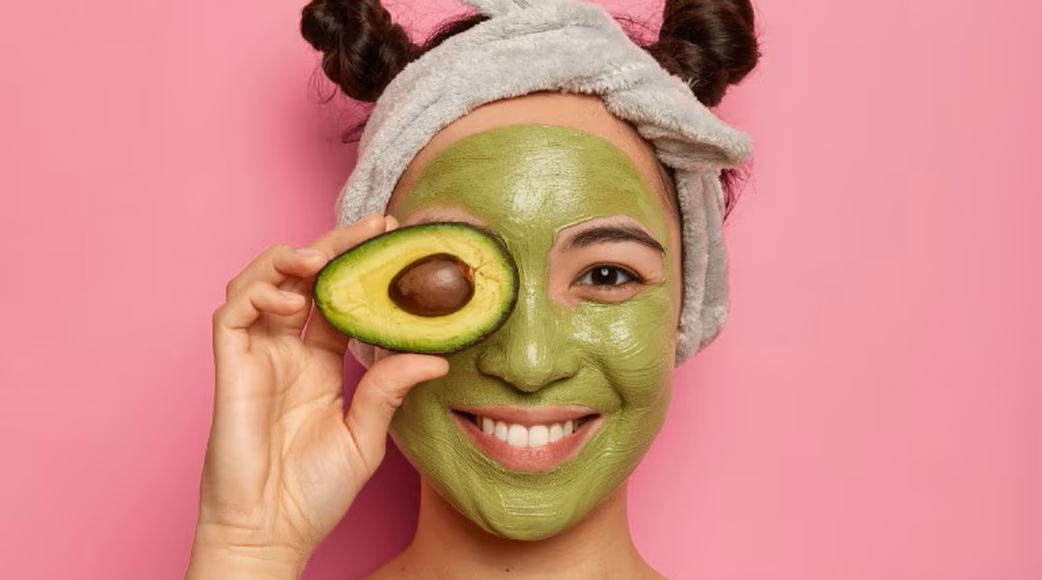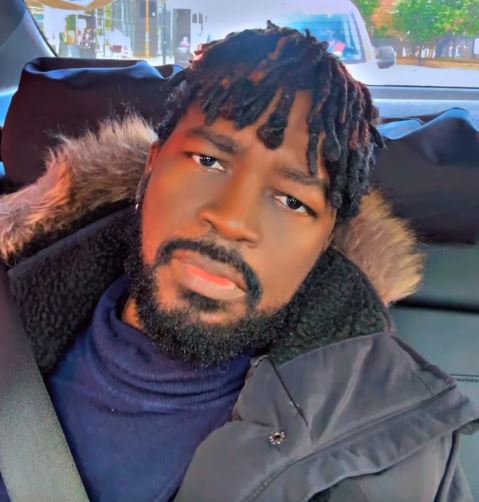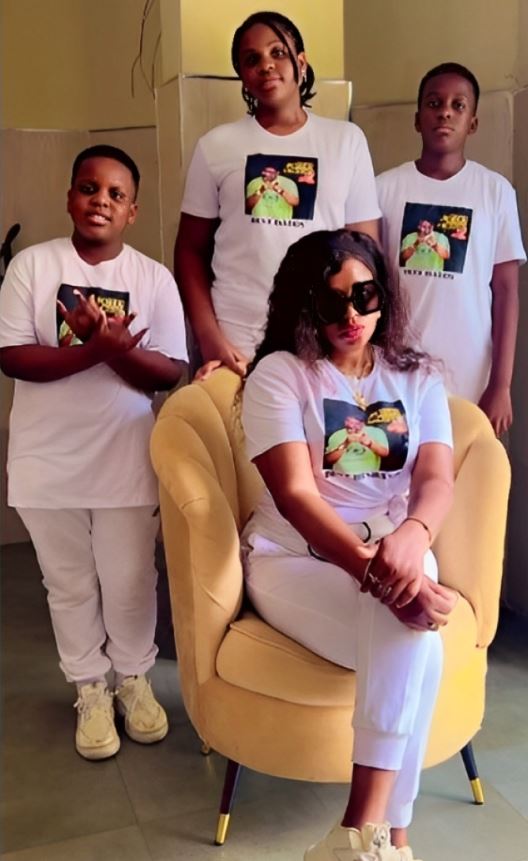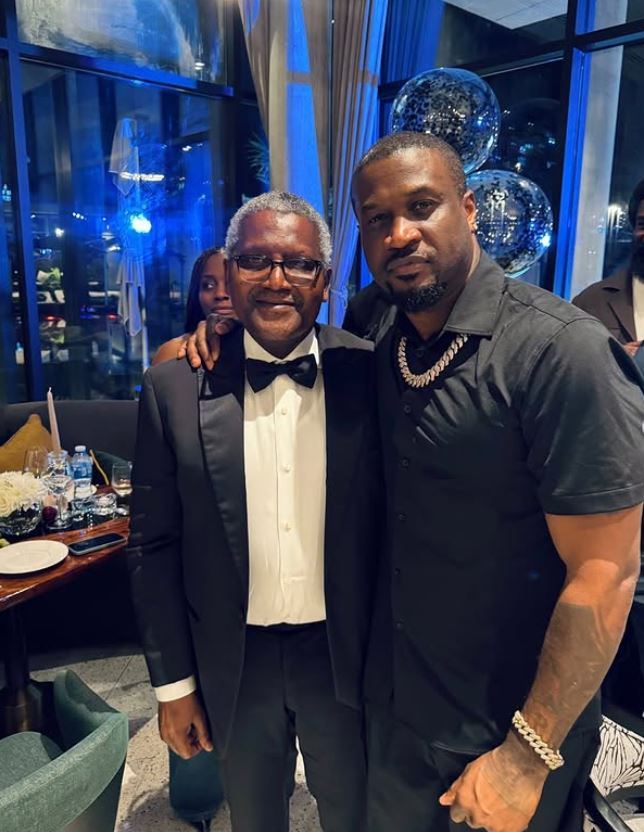
Beyonce has been accused of ‘arrogance’ and lacking ‘basic human dignity’ following news that she is writing and starring in a film about one of South Africa’s most tragic historical figures. The singer will cast herself as Saartjie Baartman, from the ‘bushmen’ tribe, who was forced to star in a London freak show 200 years ago, due to her extraordinarily large buttocks and ‘exotic features’.

The star, whose modest film parts to date include Austin Powers, has seized on the story of Baartman – who is now an icon for racial and sexist exploitation in Africa – as a means of reinventing herself as a serious writer and actress, according to reports. However, the development has been met with alarm by a chief from Baartman’s indigenous tribe, who claimed Beyonce had no right to tell one of the most shameful stories from British colonial history.
‘She lacks the basic human dignity to be worthy of writing Sarah’s story, let alone playing the part,’ Chief Jean Burgess told Times Live.

The leader of the Ghonaqua people queried why Beyonce hadn’t chosen a story from the history of America’s own indigenous people instead.
‘Why Sarah Baartman?’ Chief Burgess asked, ‘Why not a story about an Indigenous American woman? I can only see arrogance in her attempt to tell a story that is not hers to tell.’
Baartman was born into the Khoikhoi tribe, sometimes referred to as the Bushmen, in around 1790 and as a teenager was enslaved into a household in Cape Town. The physiques of Africa’s indigenous people had long interested white colonialists and Baartman’s appearance provoked fascination.
Standing just 4ft 7in tall, Baartman’s bottom was particularly large and her in 1810 she was shipped to London as ‘property’ part-owned by a British military doctor, Alexander Dunlop, to be shown-off on stage as a freak. Although the slave trade in Britain and its empire had just been outlawed by abolitionists, the keeping of slaves, exploiting them at the whim of the ‘owner’ was still legal.
Dubbed the ‘Hottentot Venus’, her first appearance was on stage in St James, where crowds paid two shillings a head, then a considerable sum, to see the exotic import. ‘The Hottentot Venus – just arrived…from the banks of the river Gamtoos, on the borders of Kaffraria, in the interior of South Africa, a most correct and perfect specimen of that race of people,’ ran an advertisement carried in national newspapers.
Accounts of her first appearance on stage referred to the strings of ostrich-egg shell fragments failing to conceal completely her breasts. Rumours that African beauties were ‘male’ in their love of smoking were played up too – Baartman’s ’skit’ involved her having a lit pipe in her mouth.
Her appearance sparked something of a riot with female members of the audience jumping up to pinch and poke her. She was borrowed by scientists for experiments. Within a few years, her plight had been seized upon by anti-slavery campaigners. But they could not prevent her from being sold in 1814 to a Frenchman. She died the following year amid rumours of alcoholism and syphilis, at the age of 25.
Her corpse was sketched extensively, a cast was made of it and a surgeon removed her genitals which were on display in Paris until the 1970s, along with her skeleton. It was only in 2002, after a personal appeal by Nelson Mandela, who was born in the same remote, rural part of South Africa, that her remains were returned for a dignified burial. However, not all indigenous leaders agree with Chief Burgess’ opposition.
Gamtkwa Khoisan Council member Kobus Reichert said he had no issue with Beyonce’s project, but was hopeful that her interpretation was undertaken ‘respectfully’ and ‘with the right cultural understanding’ and the tribal communities ‘would not be sidelined’ by the process.


